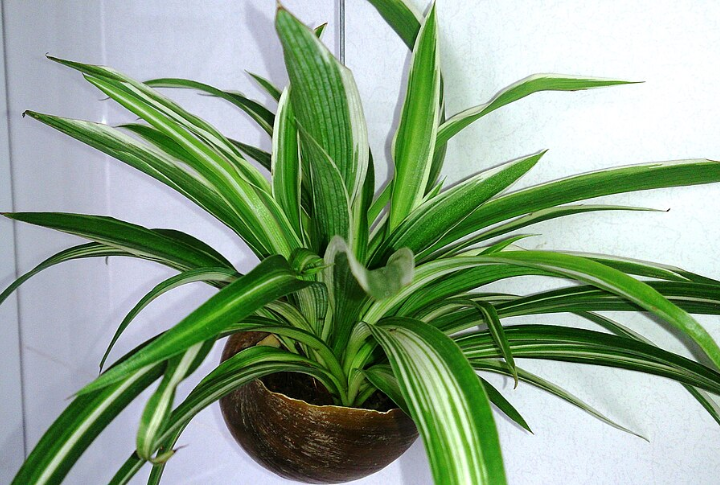
Houseplants add life to any space and propagating them is an easy way to grow more without spending a dime. Many varieties produce new growth that can be clipped and replanted with minimal effort. If you’re an experienced gardener or just beginning, here are plants that propagate themselves.
Spider Plant (Chlorophytum Comosum)

With minimal effort, spider plants send out tiny plantlets that can be snipped off and placed in water or soil to root. They love bright, indirect sunlight but tolerate low light surprisingly well. For a useful tip, if their arching leaves start browning, it’s time to adjust your watering routine
Pothos (Epipremnum Aureum)

If you want a plant that thrives in almost any setting, pothos is an easy choice. Just take a vine cutting, place it in water, and watch roots appear within days. These trailing beauties grow fast and adapt to varying lighting conditions.
Snake Plant (Dracaena Trifasciata)
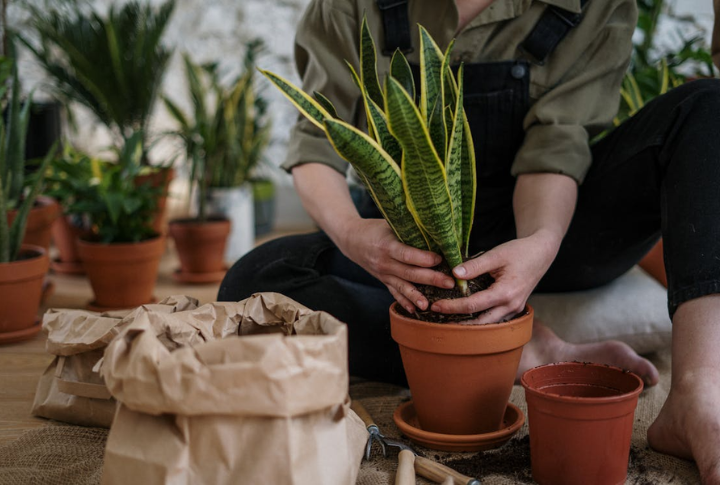
Not only is the snake plant resilient, but it also propagates easily from leaf cuttings or division. It withstands low light, drought, and even occasional neglect. One surprising trait is that it releases oxygen at night, which makes it a terrific bedroom plant.
ZZ Plant (Zamioculcas Zamiifolia)
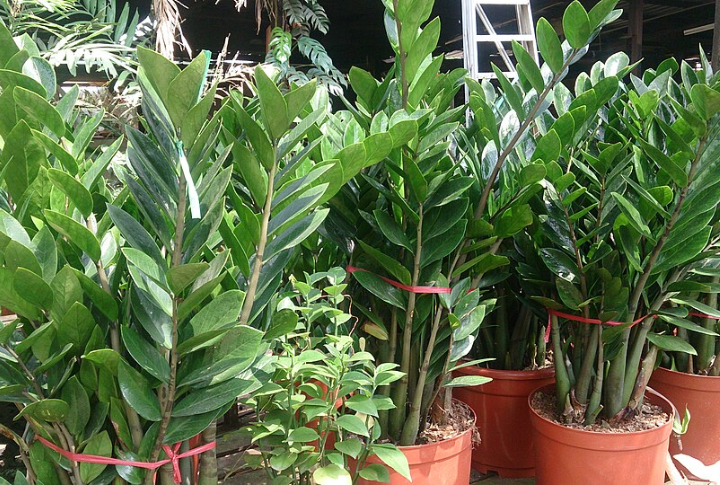
The ZZ plant is practically indestructible. Simply cut a healthy stem or leaf, pop it in the soil, and roots will start forming over time. It tolerates dry air and low light, and even fluorescent conditions. In fact, its durability is why gardeners call it the “eternity plant.”
Succulents (Various Species)
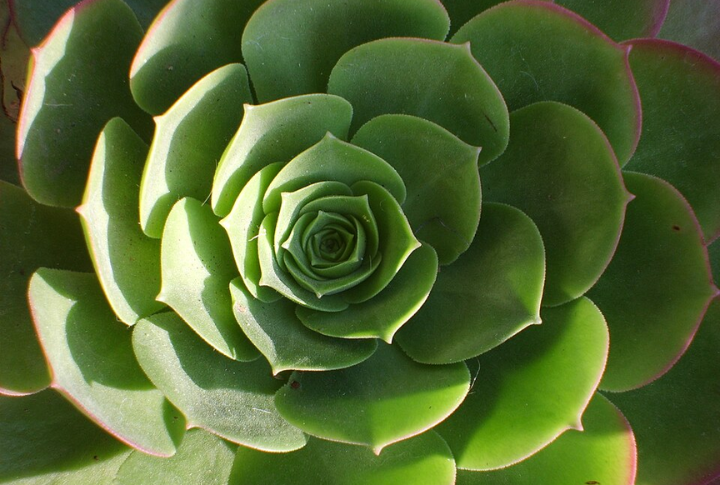
To propagate succulents, just pluck a healthy leaf, allow it to dry, then plant it in soil. Their thick, water-storing leaves help them survive droughts with ease. For a fun twist, exposing them to more sunlight can deepen their colors, sometimes resulting in a red or purple hue.
Aloe Vera (Aloe Barbadensis Miller)
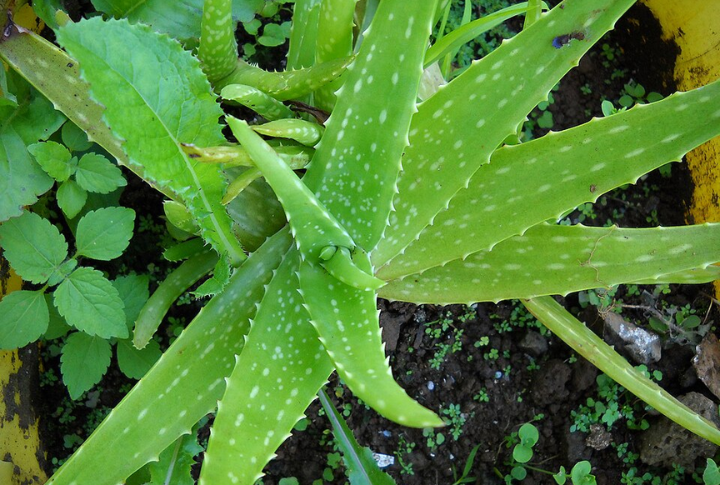
Aloe vera offers both beauty and benefits, making it a must-have plant. When it matures, it produces baby plants or pups that can be replanted easily. This sun-loving plant thrives in dry conditions and requires very little watering.
Peace Lily (Spathiphyllum)
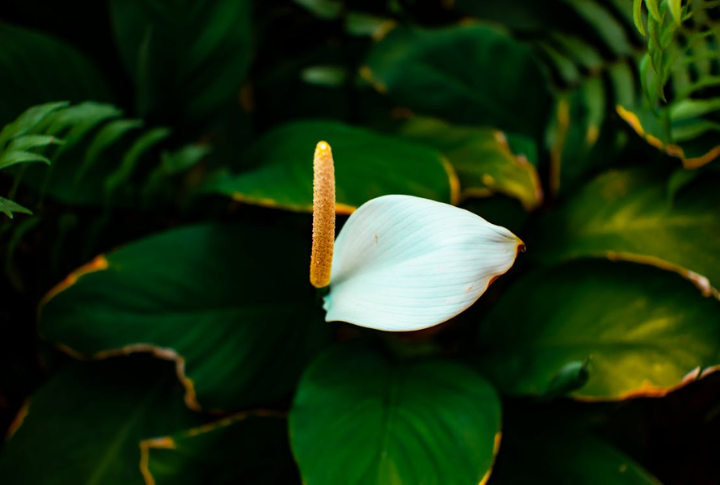
Unlike most houseplants, peace lilies droop dramatically when thirsty but bounce back quickly once hydrated. They propagate by dividing the roots, which provides more plants instantly. Although their name suggests otherwise, peace lilies aren’t true lilies; rather, they’re another botanical surprise.
Chinese Money Plant (Pilea Peperomioides)
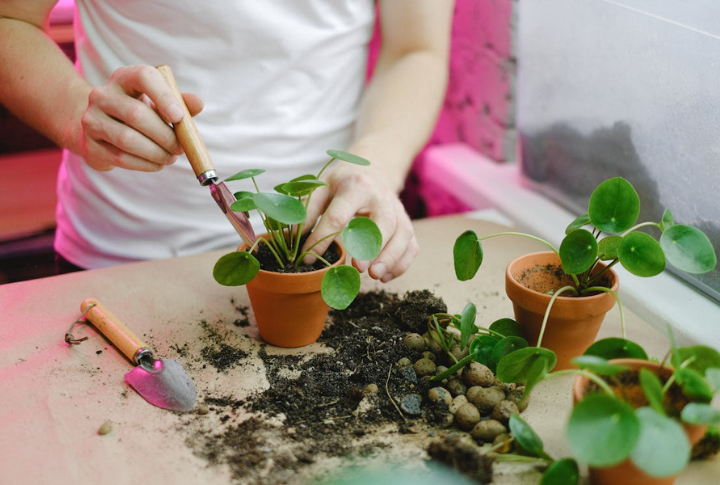
Chinese money plants are playful and easy to grow. They produce baby plants around their base, which can be repotted to multiply your collection. They love bright, indirect light and grow well indoors. A curious trait is how their round leaves shift toward light, adding movement to your space.
Philodendron (Philodendron Spp.)
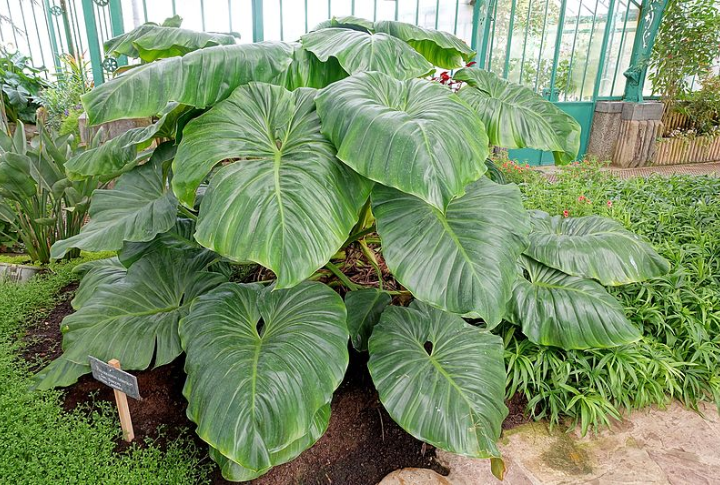
Philodendrons are lush and adaptable, making them a favorite among indoor plant enthusiasts. To propagate, simply snip a stem cutting with a node and place it in water or soil. One curious feature is their aerial roots, which help them absorb moisture and nutrients from the air.
Monstera (Monstera Deliciosa)
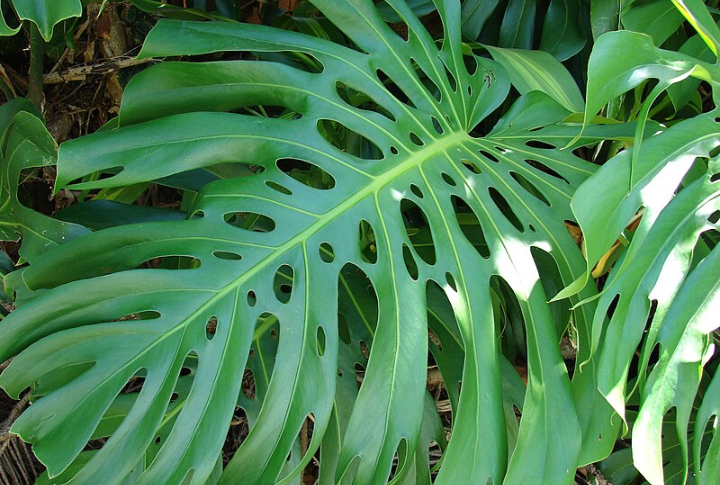
Monstera, also called the “Swiss cheese plant,” develops beautiful, hole-filled leaves as it matures. Its propagation is simple—cut a healthy stem with a node, place it in water, and watch roots form. They thrive in bright, indirect light and can grow up to 10 feet indoors.
Wandering Jew (Tradescantia Zebrina)
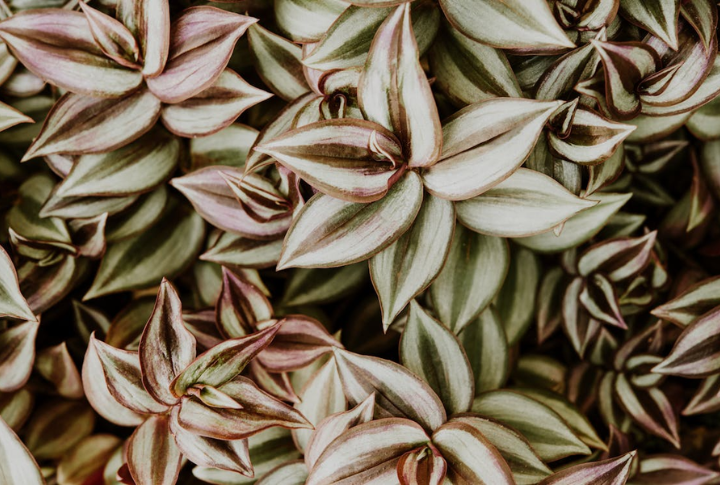
With just a quick stem cutting, placed in soil or water, new growth of wandering jew emerges in days. It thrives in bright light but adapts to lower conditions. A stunning trait is its shimmering leaves, which reflect a metallic-like sheen when exposed to sunlight.
Lucky Bamboo (Dracaena Sanderiana)
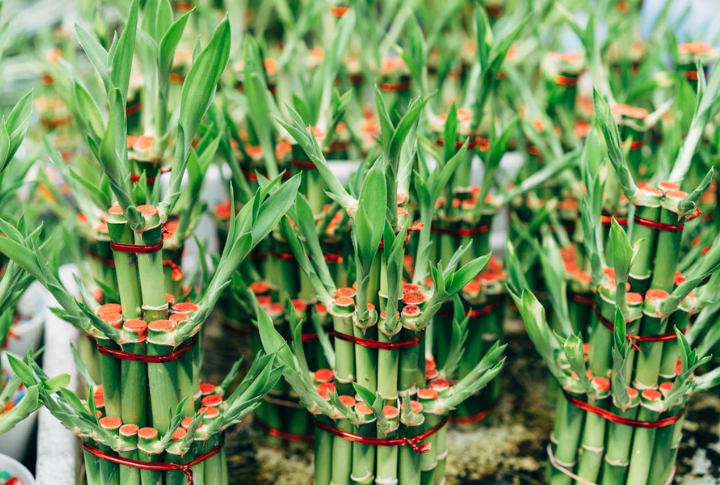
Seen in decorative arrangements, Lucky bamboo is surprisingly easy to propagate. A simple stem cutting, placed in fresh water, will sprout roots within weeks. It does well in low light and requires minimal care. Despite its name, it’s not a true bamboo; rather, it belongs to the Dracaena family.
Begonia (Begonia Spp.)
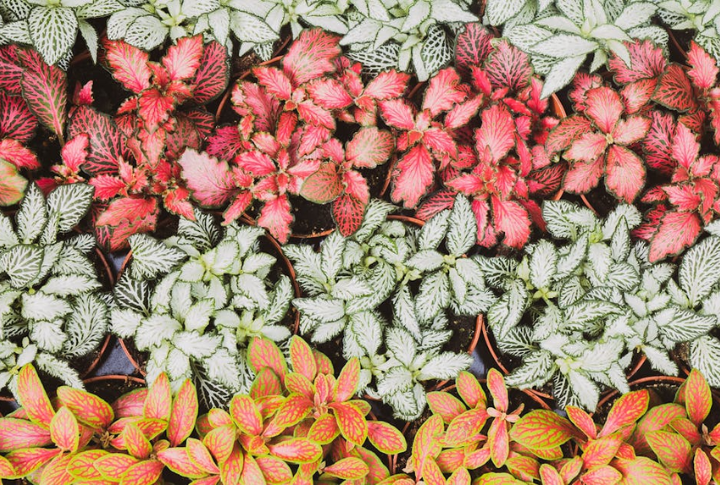
Begonias offer striking foliage and flowers, plus they propagate with ease. Stem or leaf cuttings, placed in moist soil, develop roots swiftly. They prefer humid environments and indirect light. For a unique twist, some varieties even have metallic-colored leaves, which makes them stand out in any plant collection.
Coleus (Coleus Scutellarioides)
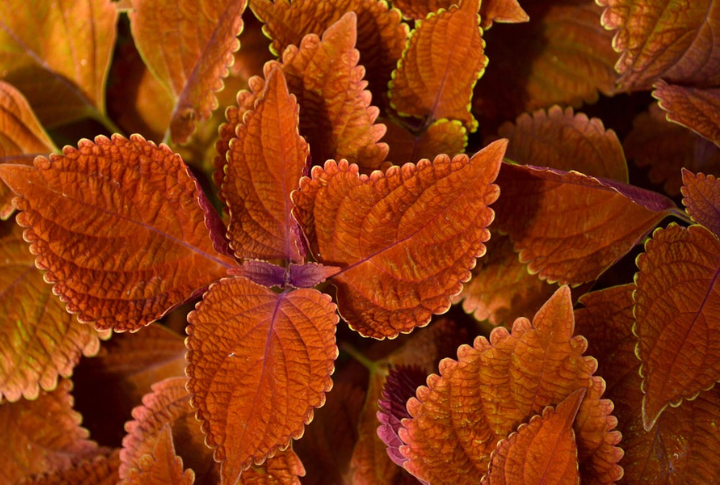
Coleus is the perfect plant for adding bold colors to your indoor space. By snipping a stem and placing it in water or soil, new roots emerge rapidly. It flourishes in bright light and is highly adaptable. Historically, coleus was even used in traditional medicine due to its aromatic properties.
African Violet (Saintpaulia)
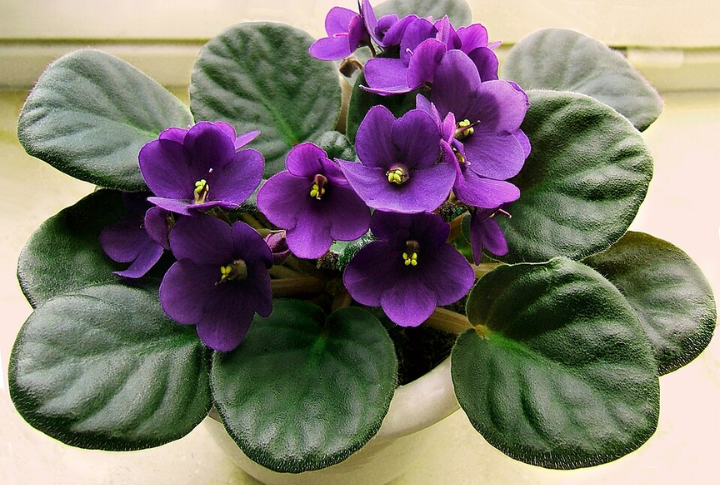
African violets are famous for their blooms and easy propagation. Leaf cuttings planted in moist soil generate baby plants in just a few weeks. They thrive in warm, humid conditions and bloom year-round. Their flowers can be purple, pink, or white, adding variety to any collection.
Boston Fern (Nephrolepis exaltata)
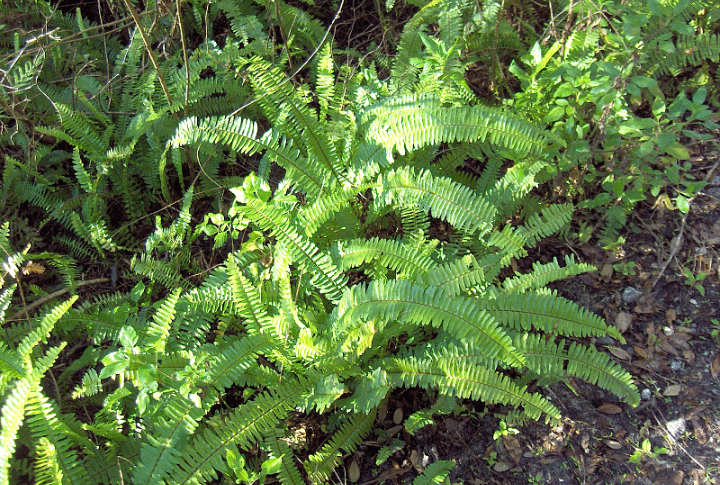
Lush and air-purifying, Boston ferns are a great addition to any home. To propagate, divide a mature plant’s roots and replant the sections. They flourish in humid environments and indirect light. One fascinating detail—their prehistoric relatives existed millions of years ago, making them one of the oldest plant species.
Prayer Plant (Maranta Leuconeura)
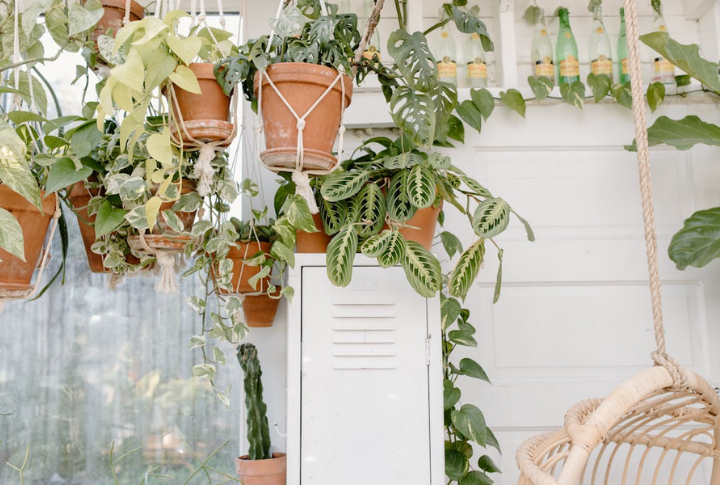
Prayer plants are known for their fascinating leaf movements. During the day, their patterned leaves lay flat, but at night, they fold upward like hands in prayer. Simply divide the roots and replant the sections to propagate. Expect a dynamic display as their leaves respond to changes in light.
Cast Iron Plant (Aspidistra Elatior)

The cast iron plant is nearly indestructible, surviving low light, drought, and tough conditions. Its propagation is easy—just divide the roots and repot. Interestingly, this plant was a Victorian favorite due to its unmatched durability.
String Of Pearls (Senecio Rowleyanus)
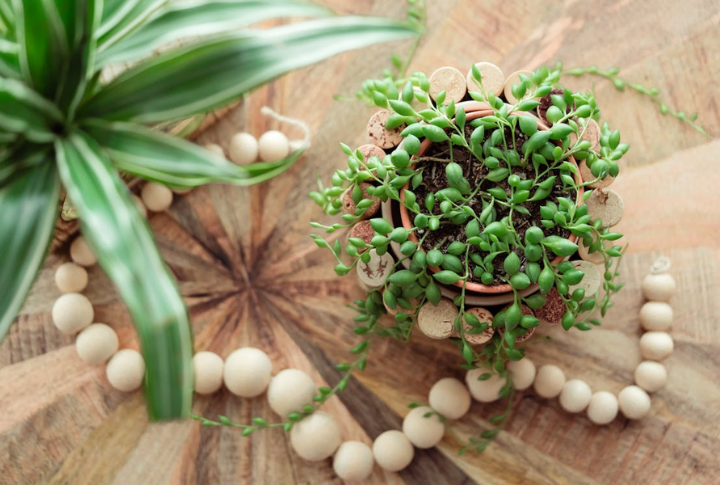
This cascading succulent looks like strands of green beads, making it a stunning hanging plant. For propagation, snip a vine and press it lightly into the soil—roots will develop in days. It thrives in dry environments because of its round leaves that store water.
Rubber Plant (Ficus Elastica)
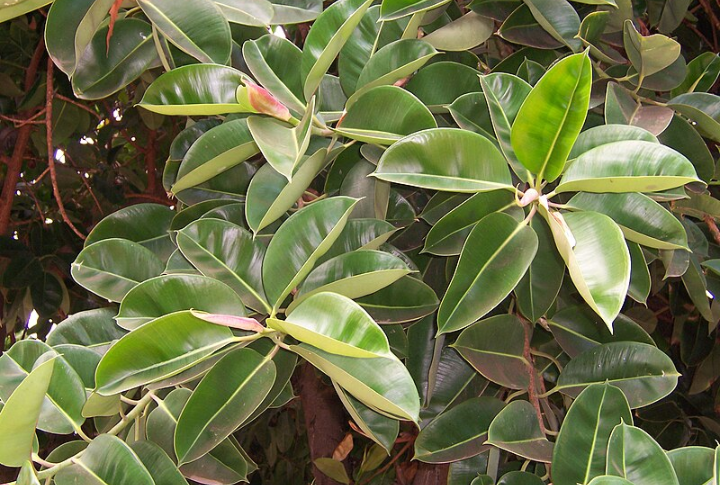
Rubber plants make bold indoor trees with their glossy, oversized leaves. Stem cuttings root effortlessly in soil with the right amount of moisture and warmth. One unique feature of this plan is that it produces a milky sap used in rubber production, which adds an unexpected twist to its beauty.

